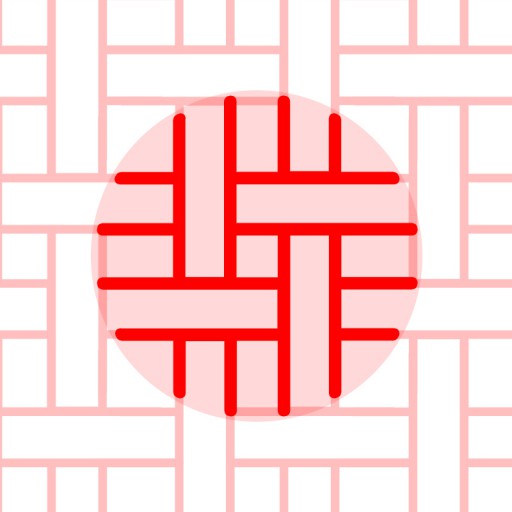The possibilities for designing products made using 4D technology and the other potential uses of this technique are truly astonishing. There are currently several research projects underway, with significant developments on the horizon in several sectors including health, electronics, the automotive industry, aerospace and military, textiles, and construction. Here are a few concrete examples of the progress that 4D is making:
In construction and interior design
New materials are already being developed for the manufacture of building facades that can automatically adapt to the climate by responding to any type of weather conditions. There is also research into the construction of bridges, different types of shelter, and other structures that can self-assemble or self-repair. The School of Materials Science & Engineering at Georgia Tech in Atlanta is working on a new model to help us understand the behaviour of smart materials, such as alloys with shape memory, with the goal of using them in the construction of earthquake-proof bridges, columns and beams.
Another potential application of 4D structures is furniture that can be assembled automatically using a sheet made of programmable wood that can be transformed into a chair or a table when light, heat, or water is applied to it. There are also 3D-printed lamps made of rubber that take on different shapes depending on how they inflate.
Ver esta publicación en Instagram
Carlos Sánchez Somolinos, a researcher at the CSIC at the Aragón Institute of Nanoscience and Materials (INMA), admits that he is “still sceptical about a few [of these] applications. But I’d probably be on the wrong side of history if I were to say that they are impossible because there are people already doing these things. Nevertheless, I still think that making furniture out of smart materials, which would be very expensive, is an unnecessary and completely impractical luxury. Their use in building is something else entirely. I think [using 4D materials in construction] is practical because it would involve texturizing a very thin surface, meaning less material is used. In fact, there’s already a material made up of small slits that turn into rhombi that get bigger depending on the amount of light or air that we want to pass through them”.
In the automotive industry
This is another big area for 4D design. Skylar Tibbits, the scientist that brought this tech to the fore, is the head of MIT’s Self-Assembly Lab, which is currently working with BMW to develop controllable inflatable materials whose size and shape can be changed by air pressure. This has potential when it comes to designing tyres, adapting the interior of a vehicle to the driver and their passengers, and creating adaptable mudguards that ensure that a car’s wheels are always protected.
In aeronautics and space
This sector is always at the forefront of innovation. Aviation giant Airbus is testing out material that react to heat and cool down their planes’ engines. There is also a team of scientists in Hong Kong working on the first 4D-printed ceramics using a special ink that can be stretched up to three times its length when heat is applied to it, making it very useful for 5G networks and aerospace propulsion. Let’s not forget the so-called 3D Knit Biosuit”, which is a clear example of a multidisciplinary project and collaboration between science (in this case, MIT) and industry. The space suit features integrated smart sensors that can control applied pressures and body movement by using thermally-drawn, stretchable sensing fibres and machine learning algorithms that provide information in real time.
Ver esta publicación en Instagram
In the military
There are many potential applications of 4D technology in this field, too. The United States army is financing a project to develop a uniform that, in addition to making it easier to camouflage by changing colour depending on the surroundings, will be able to harden before being hit by a bullet or shrapnel. There is also the possibility of drones made from smart materials that can transform into exploration vehicles when they land.
In medicine
Medicine is definitely one of the most invested sectors when it comes to 4D printing. It’s also the field that has the most potential and in which the most progress has been made. As we already know, there is some very promising work being done in soft robotics and rapid tests, but there are also projects that will help us develop and manufacture implanted tissues that can self-heal; medication that will be released only when a fever is detected; stents that are programmed to open up in the correct spot; prosthetics that can react to body heat, expanding to adapt to the patient for whom they were created, and of course, artificial organs:
In fashion
There are also some potential uses of 4D technology in fashion that are currently in the experimental stage, such as shoes that can change shape once you start to run so that they’re more comfortable and have better shock-absorption. There is also research being done into clothes that can change colour, size, or function depending on the climate you’re in or the activity you’re doing, as well as breathable fabrics that close up when they detect rain and open to allow for airflow.
Ver esta publicación en Instagram
Ver esta publicación en Instagram
All of these examples are proof that the design of structures printed using smart materials is still in its infancy, but there are definitely an infinite number of possibilities when it comes to designs and structures. Who knows if the next piece of furniture you buy at IKEA will put itself together, without the need for the infamous Allen key? The future will be in 4D.




